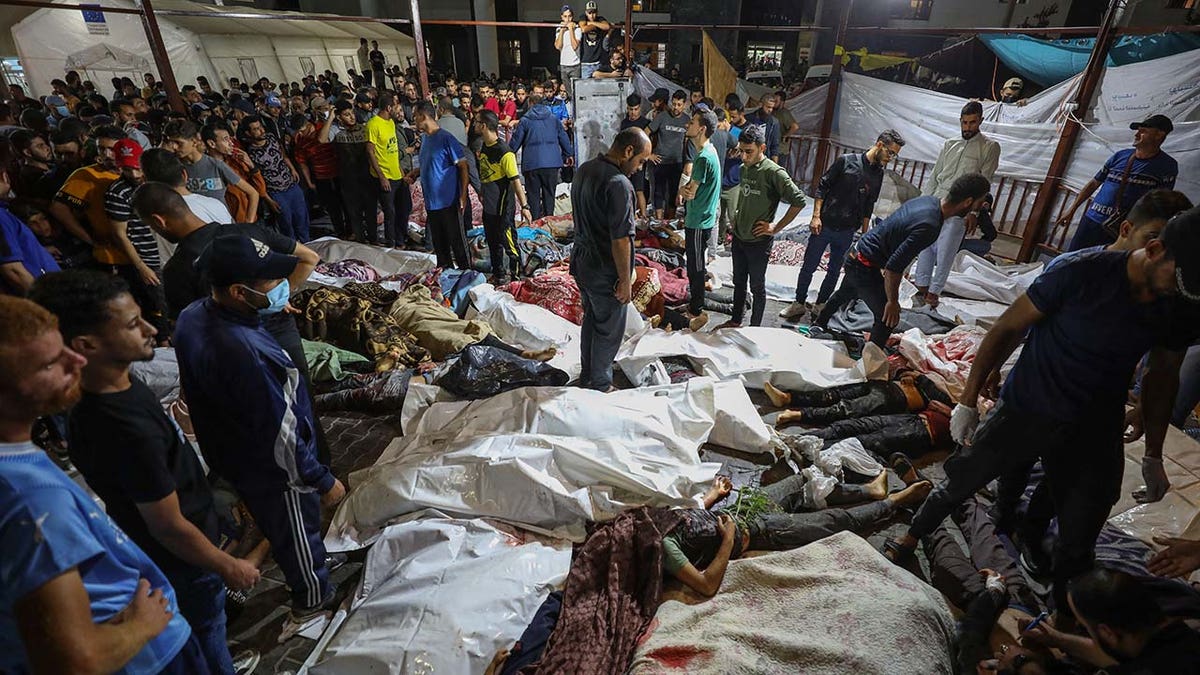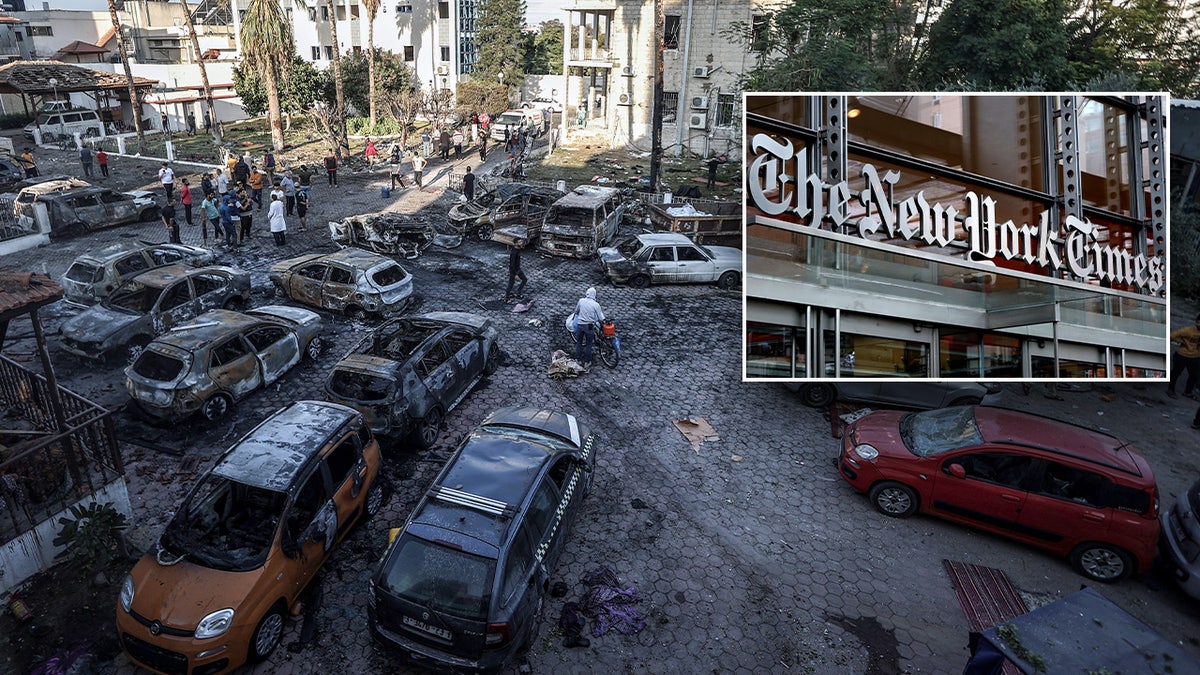Botched coverage of Gaza hospital blast proves media needs to be skeptical of sources, expert says
National Center for Audio and Video Forensics founder David Notowitz said "Hamas is not a reliable news source" after years of pushing propaganda.
The legacy media’s widely panned coverage of last week's Gaza hospital explosion raised eyebrows across the globe and resulted in multiple corrections and editor’s notes. National Center for Audio and Video Forensics founder David Notowitz, who sniffs out deceptive and misleading evidence for a living, was among the many who were stunned anyone allowed the Hamas-backed Gaza Health Ministry to set the initial framing of the story.
Notowitz believes the media backlash could have been avoided if journalists simply followed the common-sense methods he uses when determining the trustworthiness of evidence and sources.
"Hamas is not a reliable news source, ever. Now, you should be skeptical of anything they give you. It might be real, but you should be skeptical. Skeptical of any videos, any stills, any news they give you. It could be accurate, but check your sources and check other sources other than them," Notowitz told Fox News Digital.
"A missile was shot off from Gaza intending to reach Jews. It misfired, landed in a parking lot in the Gaza hospital. Immediately, Hamas Health Ministry announced it was the fault of the IDF. And immediately, The New York Times, Reuters, BBC, they all swallowed it. They didn't even look into it," Notowitz added. "They didn't try to get other opinions… way too quick on them for doing that."

The legacy media’s widely panned coverage of last weeks Gaza hospital exposition raised eyebrows across the globe and resulted in multiple corrections and editor’s notes. (DAWOOD NEMER/AFP via Getty Images)
Indeed, The New York Times, Reuters, and the BBC were among news outlets who rushed to report claims made by the Gaza Health Ministry that Israel bombed Al-Ahli Baptist Hospital through an airstrike resulting in over 500 civilian casualties. Subsequent reporting and intelligence found it was an explosion in the hospital's parking lot stemming from a misfired rocket fired by Hamas ally Islamic Jihad, resulting in a death toll a fraction of what Hamas had first alleged.
Notowitz feels that the rise in deepfake videos and the ease in which photos can be altered should make journalists more skeptical than ever. In addition, Hamas, which controls the Gaza Health Ministry that was quickly cited by the press, has a long history of pushing propaganda and misinformation.
"Not only was it not the hospital, it was the parking lot of the hospital. And not only was it not IDF, it was, you know, a terrorist within Gaza firing this off. And on top of that, although it's sad there were 50 people that died approximately, even that's not confirmed, but not 500. So, all the facts were wrong. All the facts are exaggerated," Notowitz said.
In the days since, the Times admitted that "editors should have taken more care with the initial presentation" of the explosion. CNN issued a similarly glaring correction, noting that an article "did not clearly attribute claims about Israel’s responsibility to the Hamas-controlled Ministry of Health in Gaza," and other news outlets have update coverage to reveal they initially jumped the gun.
Notowitz, who regularly provides expert courtroom testimony regarding audio and video evidence, said the Times specifically made a "really bad mistake" and noted it took the paper six days to come clean. He hopes news organizations learned valuable lessons when it comes to trusting Hamas and said the terror group has a long history of pushing misleading information and doctored evidence to the press.

The New York Times was among many news outlets to draw criticism for its coverage of a hospital blast in Gaza. ((Getty Images))
An alarming report from Vanity Fair suggested that senior Times editors appeared to brush off concerns from other staffers when relying on information from Hamas. An international editor suggested the attribution should not hang "something so big" on a single source without first trying to verify the information, according to the report that cited internal Slack messages.
"I think the first thing to think about when you're looking at videos, stills, images, documents, anything coming in, any news form, is do you trust the source? Is this source proven to be someone that you can generally trust over the long term? And I think that's going to be the bottom line now," Notowitz said.
"There are subtitles that are changed, and you can have images easily edited on Photoshop. And, you know, even actors are used. I've seen, you know, Gaza has videos in the past where they've acted out scenes, recorded them and sent them to the press and people swallow them as accurate," he continued. "So, I think it comes down to trying to find the original form of that evidence, who has it, who recorded it."
Morgan Ortagus, former State Department spokesperson during the Trump administration and founder of Polaris National Security, told Fox News Digital the media's disinformation push "directly contributed" to the riots that erupted outside U.S. embassies in several Middle East countries which continues a ripple effect, putting Americans overseas in danger.
"That in turn requires the military to scramble to send more reinforcements to the embassies. And, if the riots get worse, we will have to evacuate," Ortagus said. "It is enormously expensive and requires us to divert forces from other theaters, like Asia, to deal with the emergency situation created from actual fake news."
Fox News’ Joseph A. Wulfsohn and Nikolas Lanum contributed to this report.
For more Culture, Media, Education, Opinion and channel coverage, visit foxnews.com/media.






















